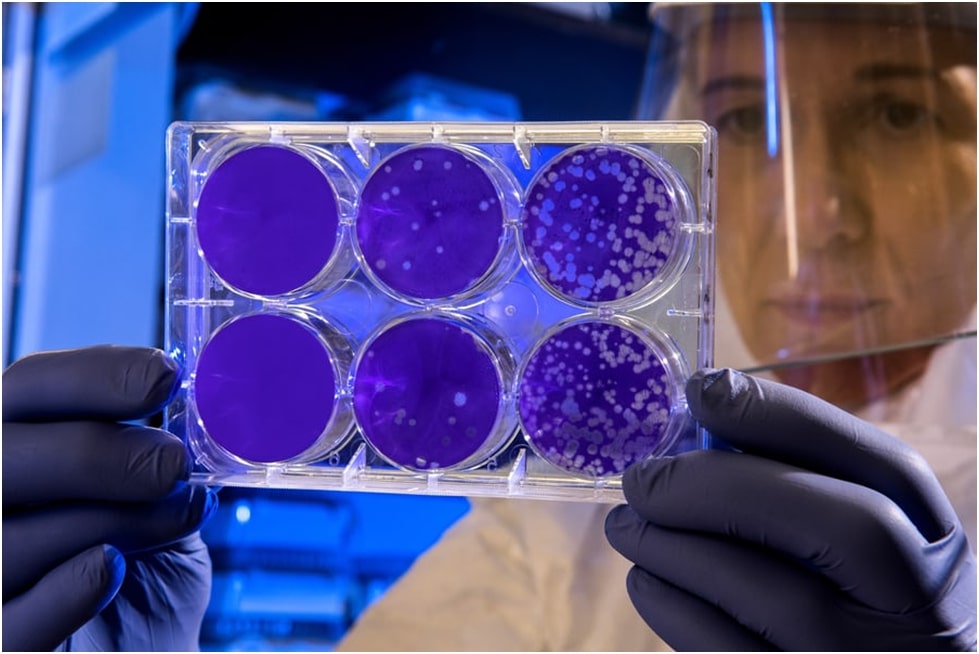Infectious Diseases

One of the Best Uses of Artificial Intelligence is in Infectious Diseases
In life-threatening and time-sensitive conditions, one of the best uses of artificial intelligence is often seen. AI will help us rapidly identify issues in these circumstances so that we can take appropriate action. In these scenarios, AI can also increase our judgment so that our decisions can be more exact under time-sensitive conditions.
AI-enabled drones, robots, and sensors can assist in emergency management in detecting landslides, earthquakes, droughts, fires, floods, hurricanes, etc. AI-enabled maps require the most rescue services to be accessible to firefighters and emergency response workers. AI will help physicians introduce early warning systems in emergency medicine to resolve heart dysfunction, sepsis, epilepsy, stroke, aneurysm, and other severe conditions.
The technology of artificial intelligence is evolving rapidly; the ability to improve decision-making is powered by the pace of pattern identification and the robust quantity of data that is digested and analyzed for optimal health outcomes. Simple interventions such as the use of electronic record data is currently a valuable method for tracking the result of infectious disease, the taking of vaccines, and adverse drug reactions. Such techniques are now commonly used in the healthcare sector, offering an opportunity to promote improvements in the identification and potential for the diagnosis and treatment of infectious diseases.
AI offers comprehensive information using the world’s most up to date research and includes findings that require rapid reactions or improvements to an evolving epidemic of infectious diseases. This research can be done rapidly and efficiently and can also help to warn of any new emerging infections in the geographical region.
Cloud-based AI data can be sent to E-mail list serves, electronic medicines repositories and search engines to enable targeted clinical questions and answers to be processed and used for immediate use based on various data items.
AI provides the technological framework for improving current public health monitoring activities for infectious diseases. The effectiveness of this technology, however, depends on the broad implementation, requiring substantial financial investments in AI devices.
AI can be used to evaluate early symptoms of a variety of medically neglected diseases. With the absence of multiple training data, methods such as short-term learning and transfer-learning may be used to train AI models in searches for infectious diseases.
AI can even be used to predict how an infectious disease will spread and to avoid or also decrease its frequency in techniques such as the ‘social distancing’. In theory, unregulated training algorithms can be carried out that simulate the developments of all potential pathways and the output of potential vaccines in each scenario.
The emergence of the (COVID-19) outbreak at a time when big data and AI are that components of research programs worldwide may serve as a catalyst for focusing everyone on the field and for speeding up the technology to limit the spread of infectious and other diseases in future.
Considering healthcare rapid rising expenses, the continued emergence of new infectious diseases, and growing antimicrobial resistance, AI is likely to become a critical resource for the policy planning of public health. In the future, algorithms may enable treatments and preventative approaches that are more accurate and efficient, automate the distribution of scarce resources, and eventually reduce the spread of infectious diseases and even cost.


